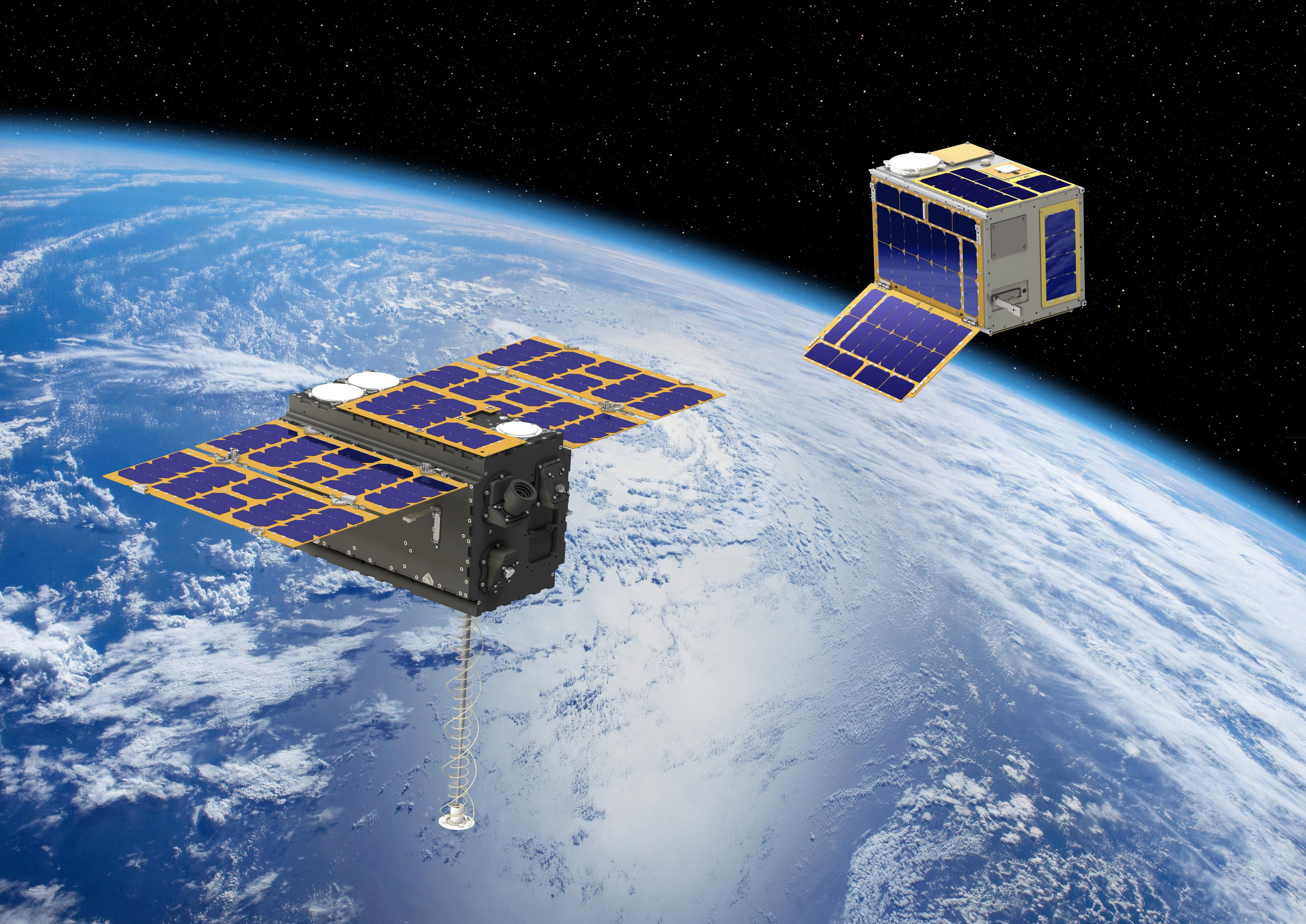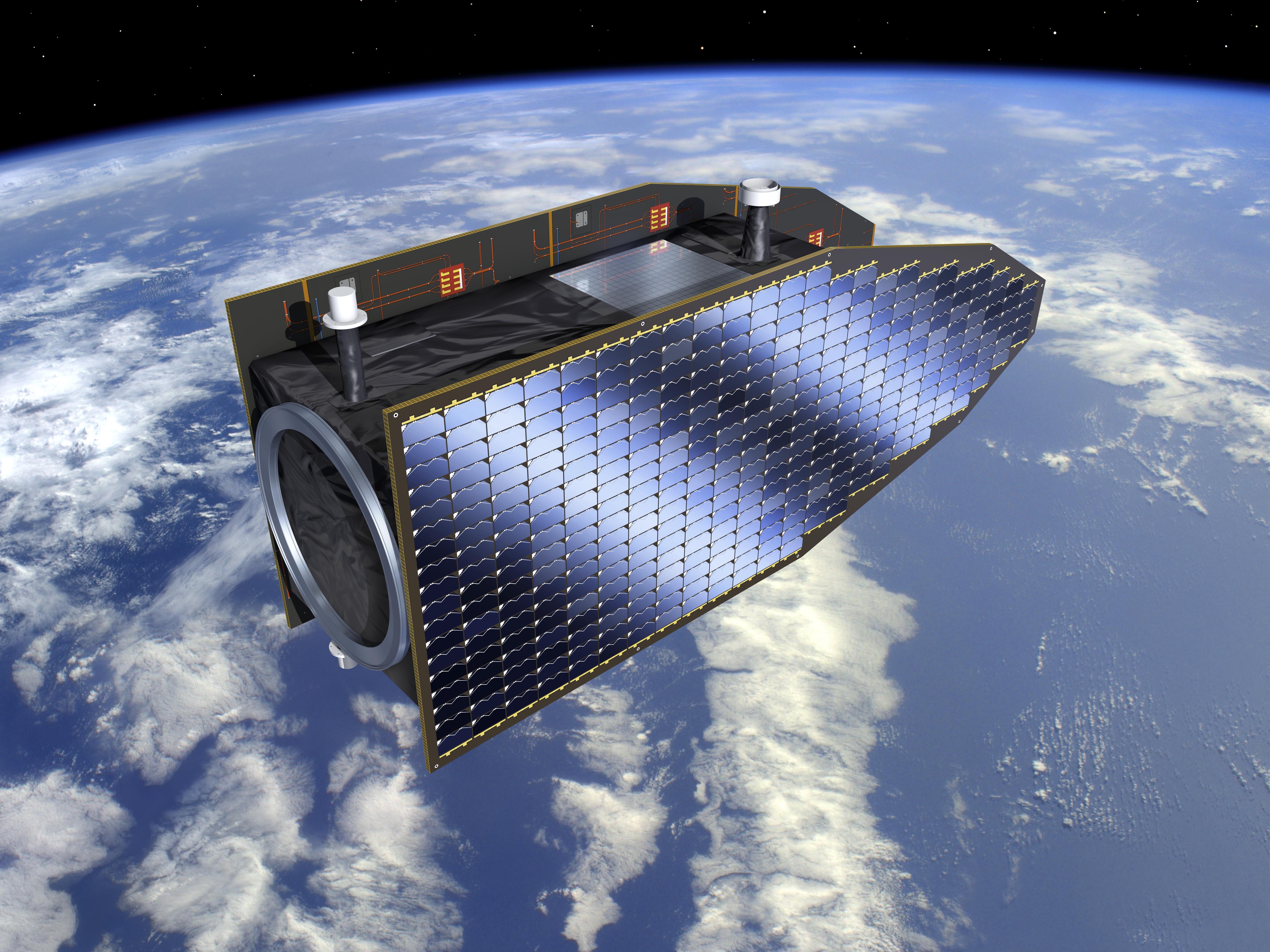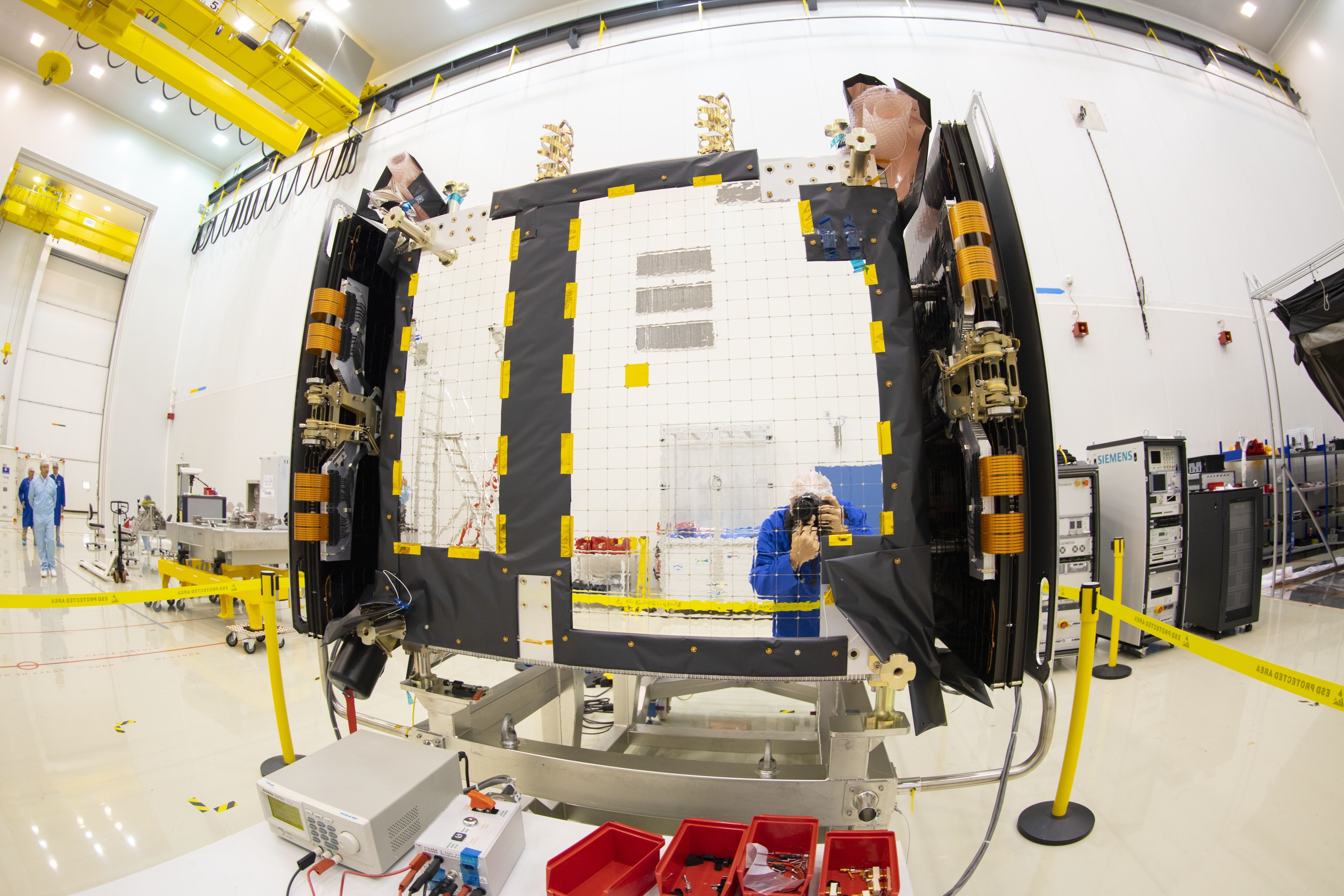Galileo And EgnosApplications for Egnos and Galileo
Galileo : applications
Please sign in to download.
ESA's Galileo global navigation satellite system will support multiple applications in the field of maritime navigation. Galileo will be Europe's own global navigation satellite system, providing a highly accurate, guaranteed global positioning service under civilian control. It will be inter-operable with the Global Positioning System (GPS) and Russia's Global Navigation Satellite System (Glonass), the two other global satellite navigation systems. Galileo will deliver real-time positioning accuracy down to the metric range with an unrivaled integrity. Numerous applications are planned for Galileo including positioning and derived value added services for transport by road, rail, air and sea, fisheries and agriculture, oil prospecting, civil protection activities, building, public works and telecommunications. The operational Galileo system will consist of 30 satellites (27 operational + 3 active spares), deployed in circular Medium Earth Orbit (MEO) at an altitude of 23,616 km altitude, over three orbital planes inclined at 56 to the equatorial plane. To prepare for Galileo, Europe has implemented a preliminary satellite-based navigation system with the European overlay navigation system (EGNOS). This system delivers corrective and integrity data to enhance the performance of the two existing military navigation satellite constellations (GPS and Glonass). It has been operational since mid-2003. A first Galileo In-Orbit Validation Element (GIOVE) demonstrators was launched in December 2005 and another will follow in late 2006. The objective of these experimental satellites is to characterize the critical technologies for the Galileo Navigation Payload. They will secure the Galileo frequency filings, validate new technologies for operational use, characterise the radiation environment of the medium earth orbits that the operational satellites will occupy and enable experimentation with live Galileo signals. Thereafter up to four operational satellites will be launched to validate the basic Galileo space and related ground segment. Once this In-Orbit Validation (IOV) phase has been completed, the remaining satellites will be installed to reach the Full Operational Capability (FOC).




